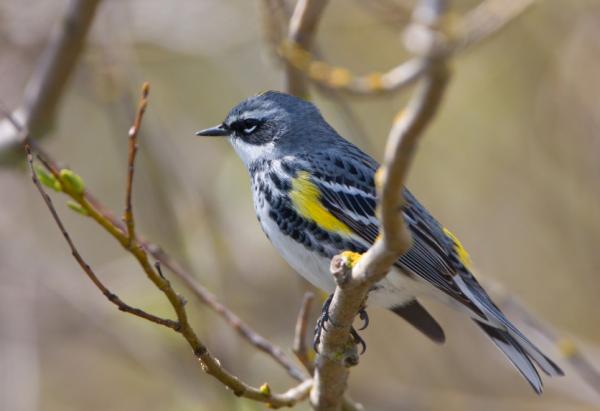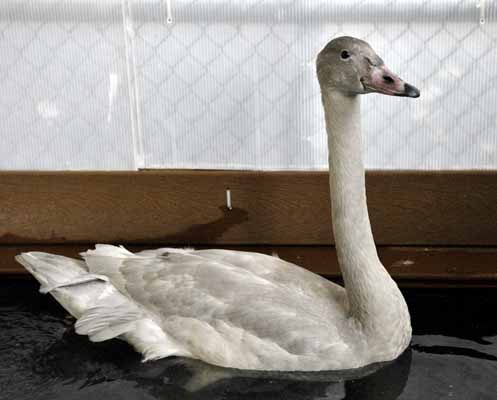
© iStockphoto/Denice BreauxFading petunias still hold interest for this fly.
Scientists from the Royal Botanic Gardens, Kew and the Natural History Museum believe that carnivorous behaviour in plants is far more widespread than previously thought, with many commonly grown plants -- such as petunias -- at least part way to being "meat eaters." A review paper, "Murderous plants: Victorian Gothic, Darwin and Modern Insights into Vegetable Carnivory," is published (4 December 2009) in the
Botanical Journal of the Linnean Society.
Carnivorous plants have caught the imagination of humans since ancient times, and they fitted well into the Victorian interest in Gothic horrors. Accounts of man-eating plants published in 19th century works have long since been discredited, but they continue to appear in different media including films (Audrey II in
Little Shop of Horrors) and books (Tentacula in the
Harry Potter series). Even popular Japanese cartoon
Pokémon includes some characters based on carnivorous plants (Bellsprout, Weepinbell and Victreebell).
Carnivorous plants fascinated Charles Darwin, and he and his friend Sir Joseph Hooker (Director of the Royal Botanic Gardens, Kew at that time) had an extensive correspondence concerning them. Darwin's book
Insectivorous Plants played a critical role in the idea that plants could eat animals being generally accepted. Before this, many botanists (including Linnaeus) had refused to accept that this could be the case.


